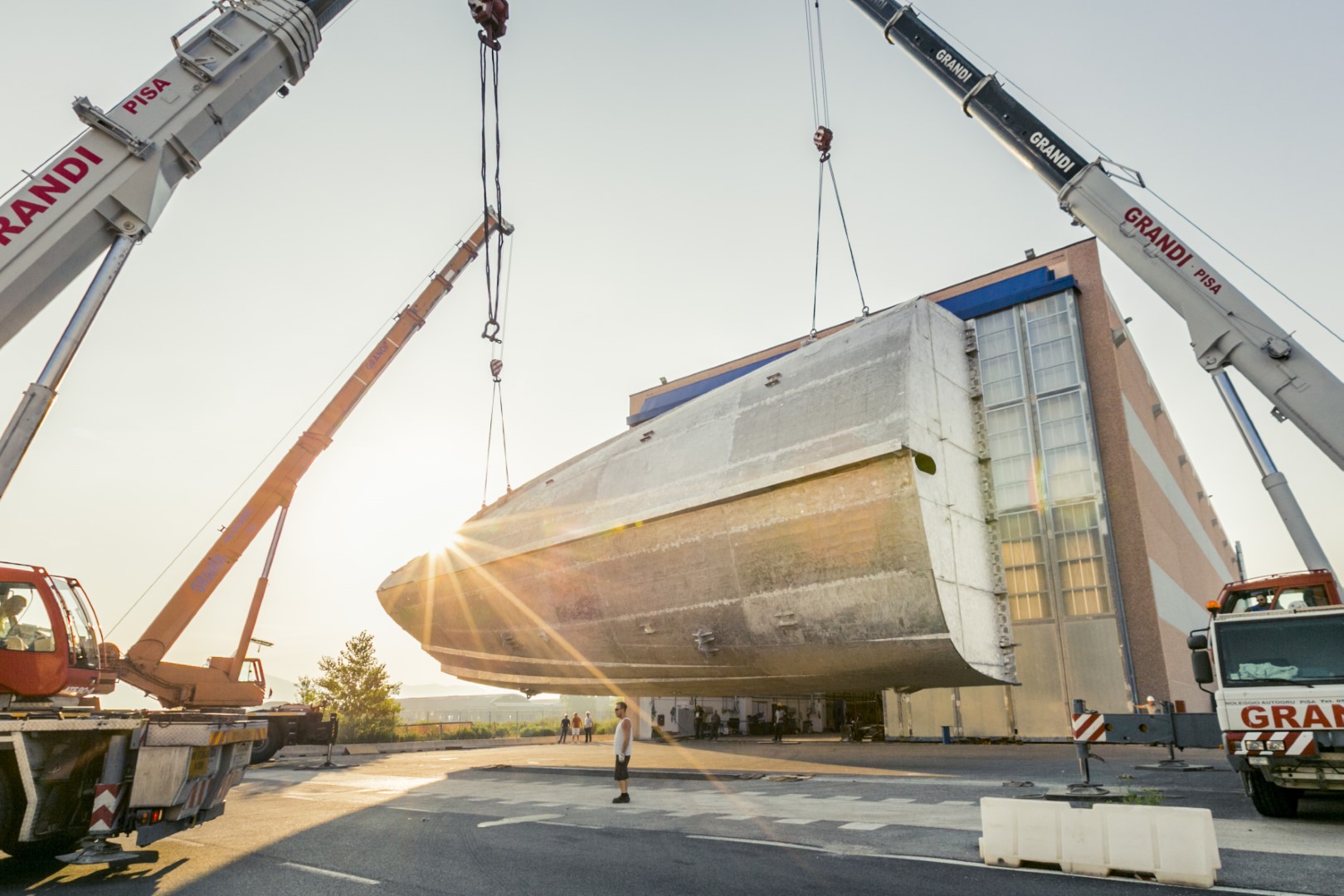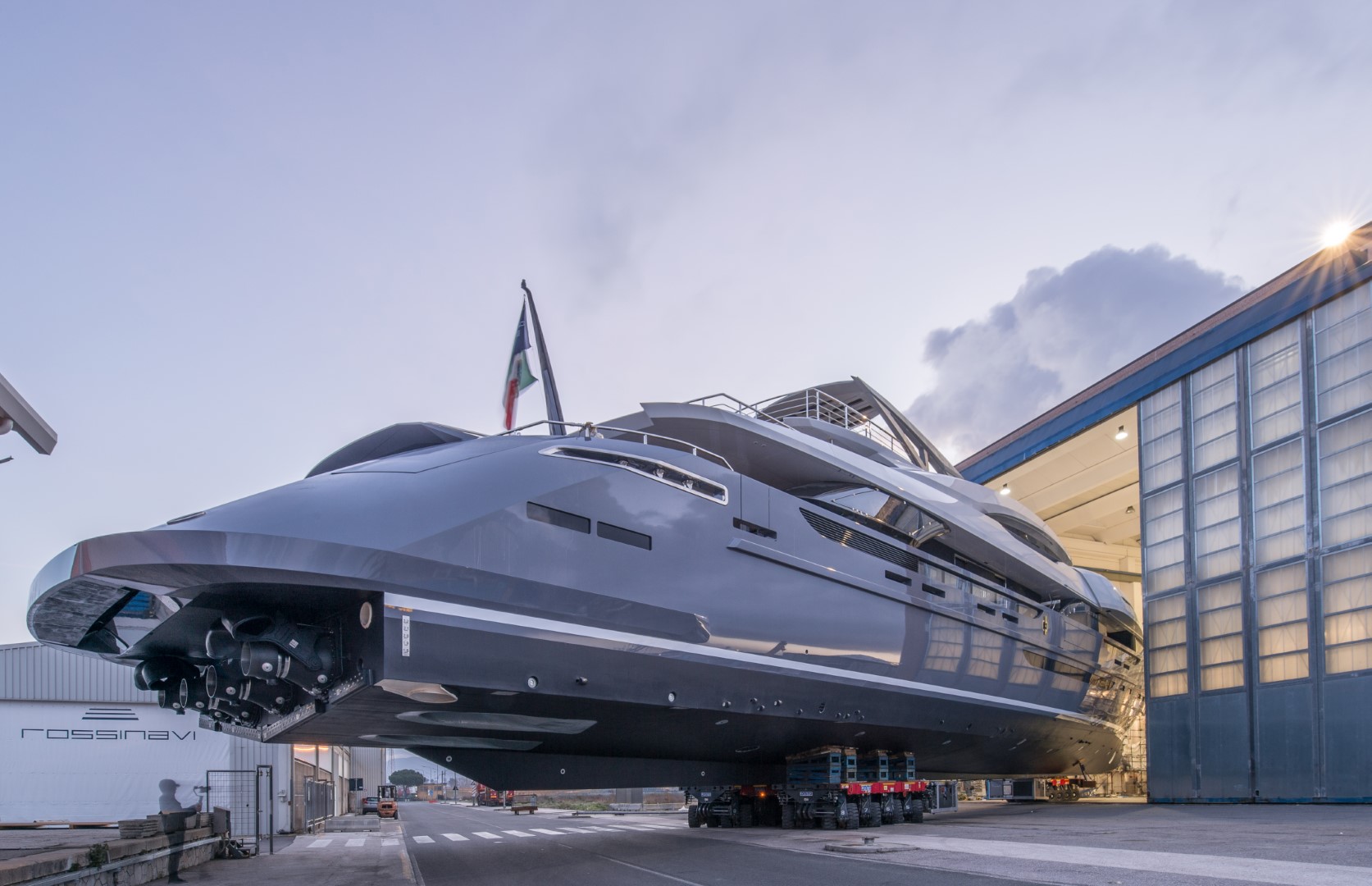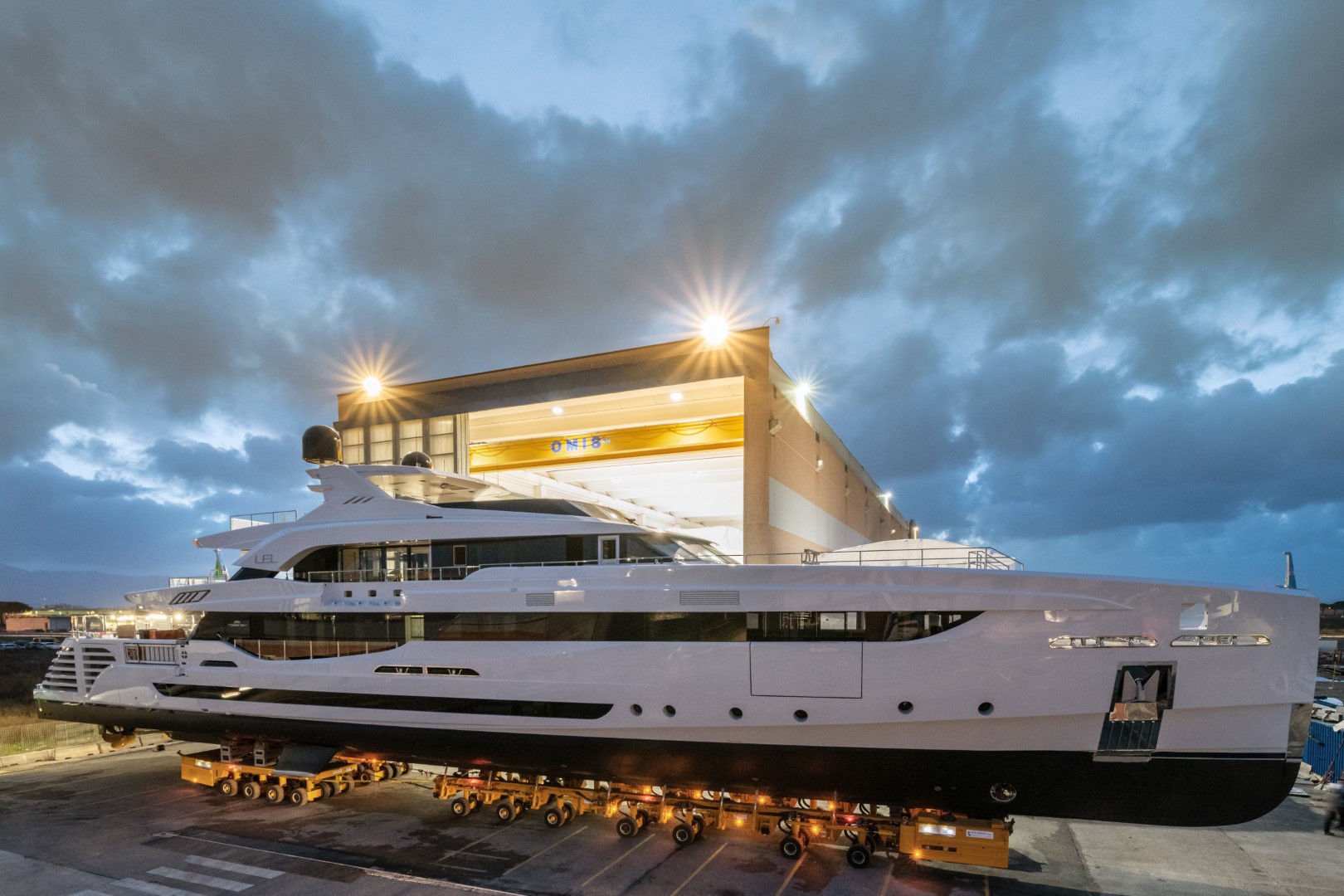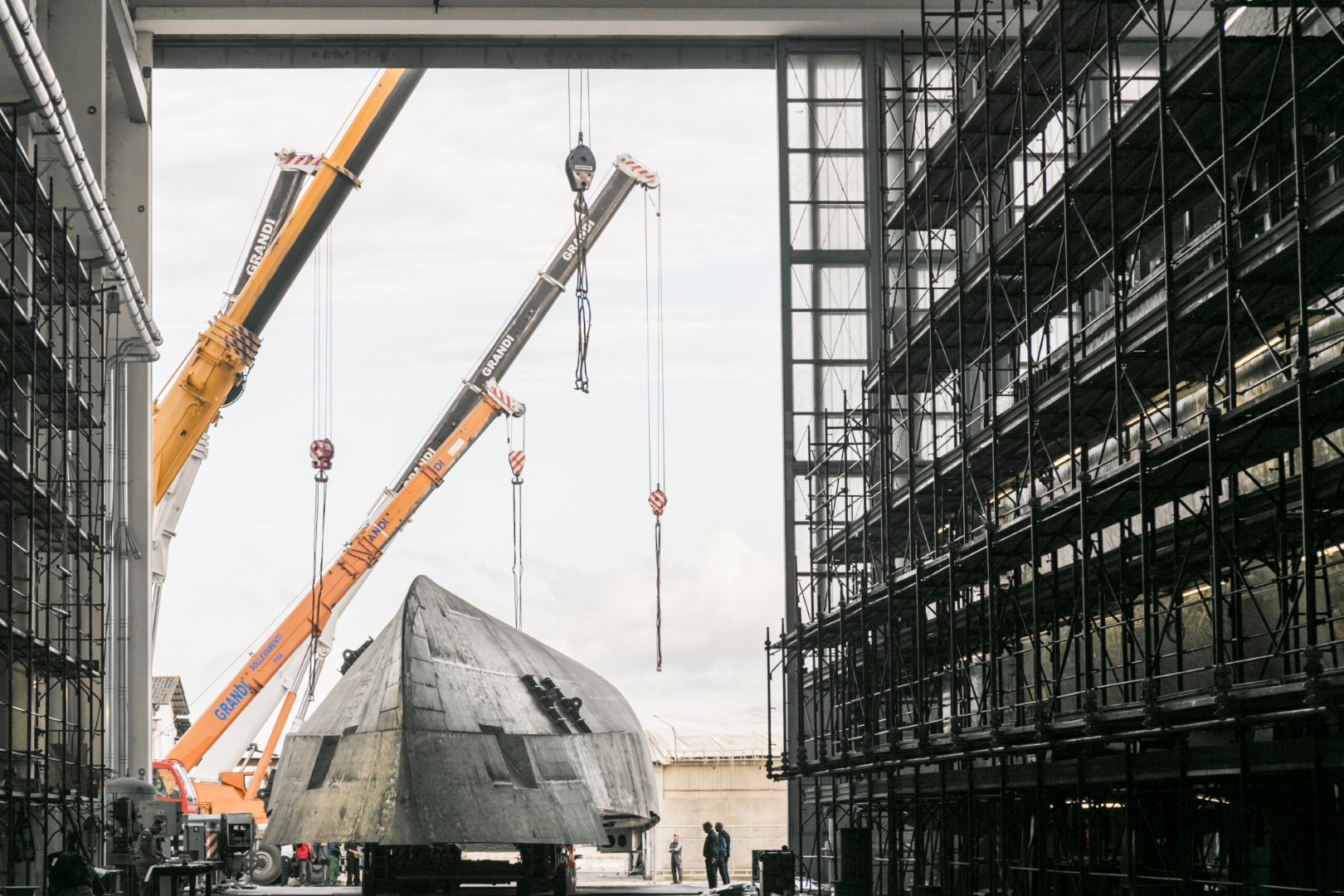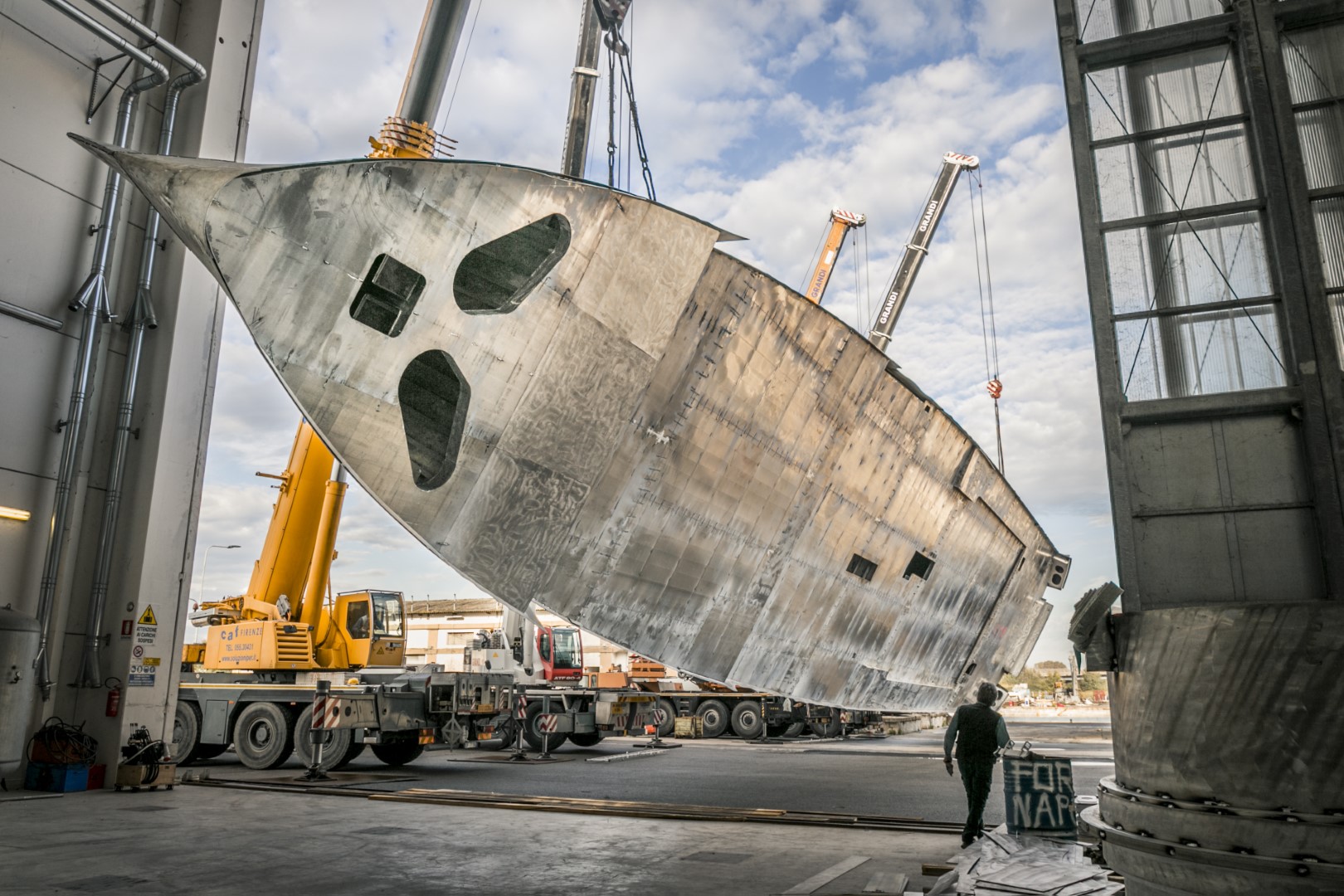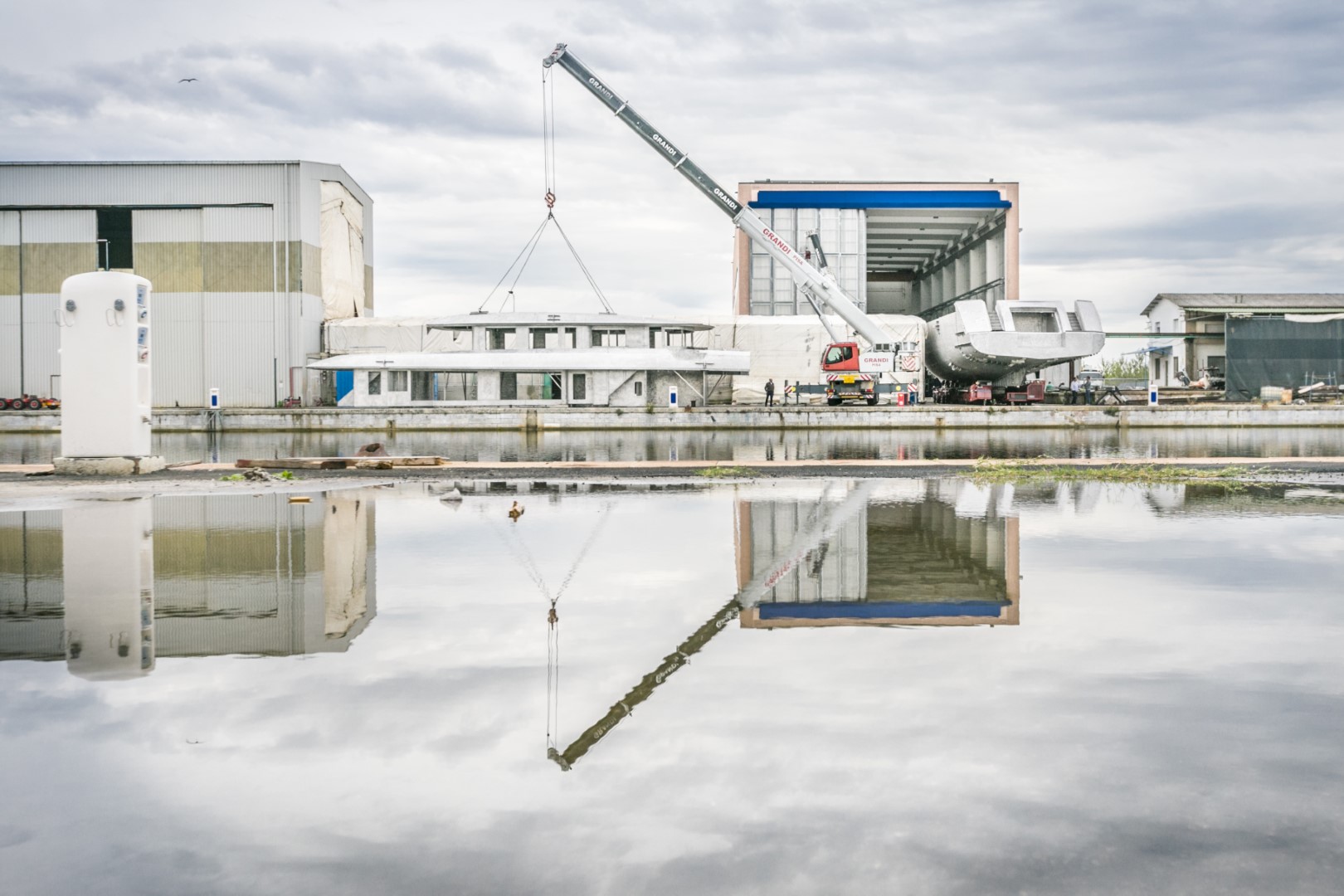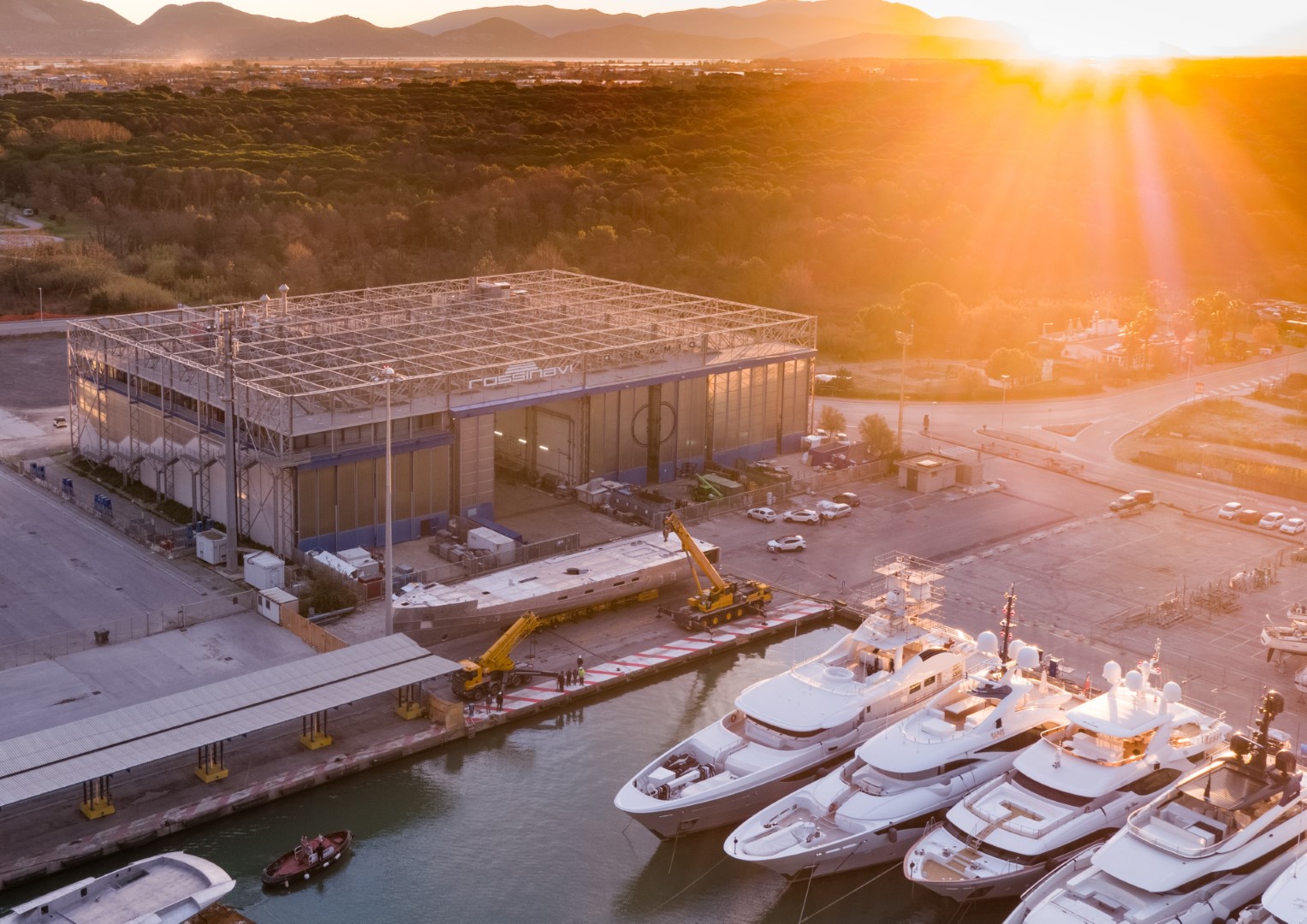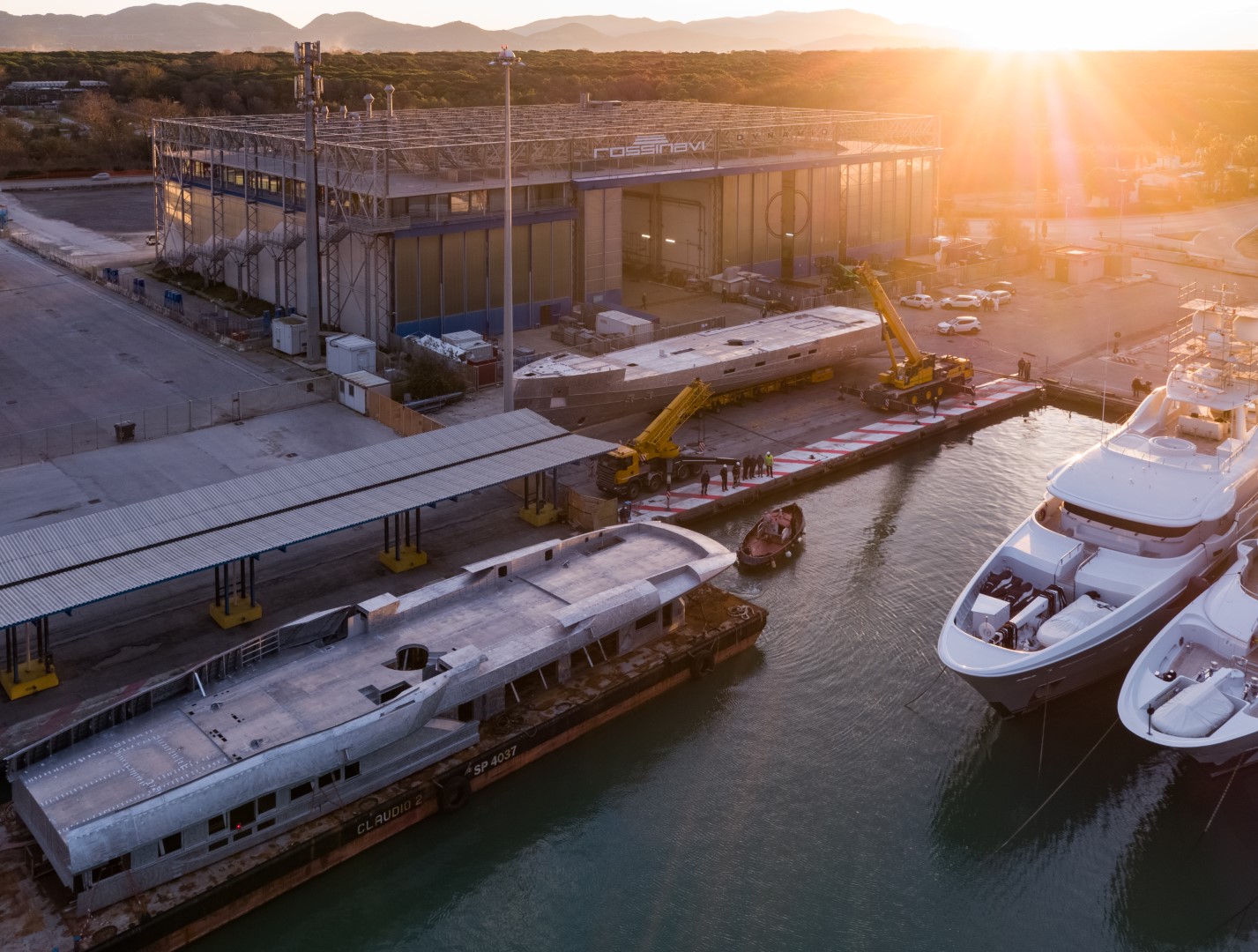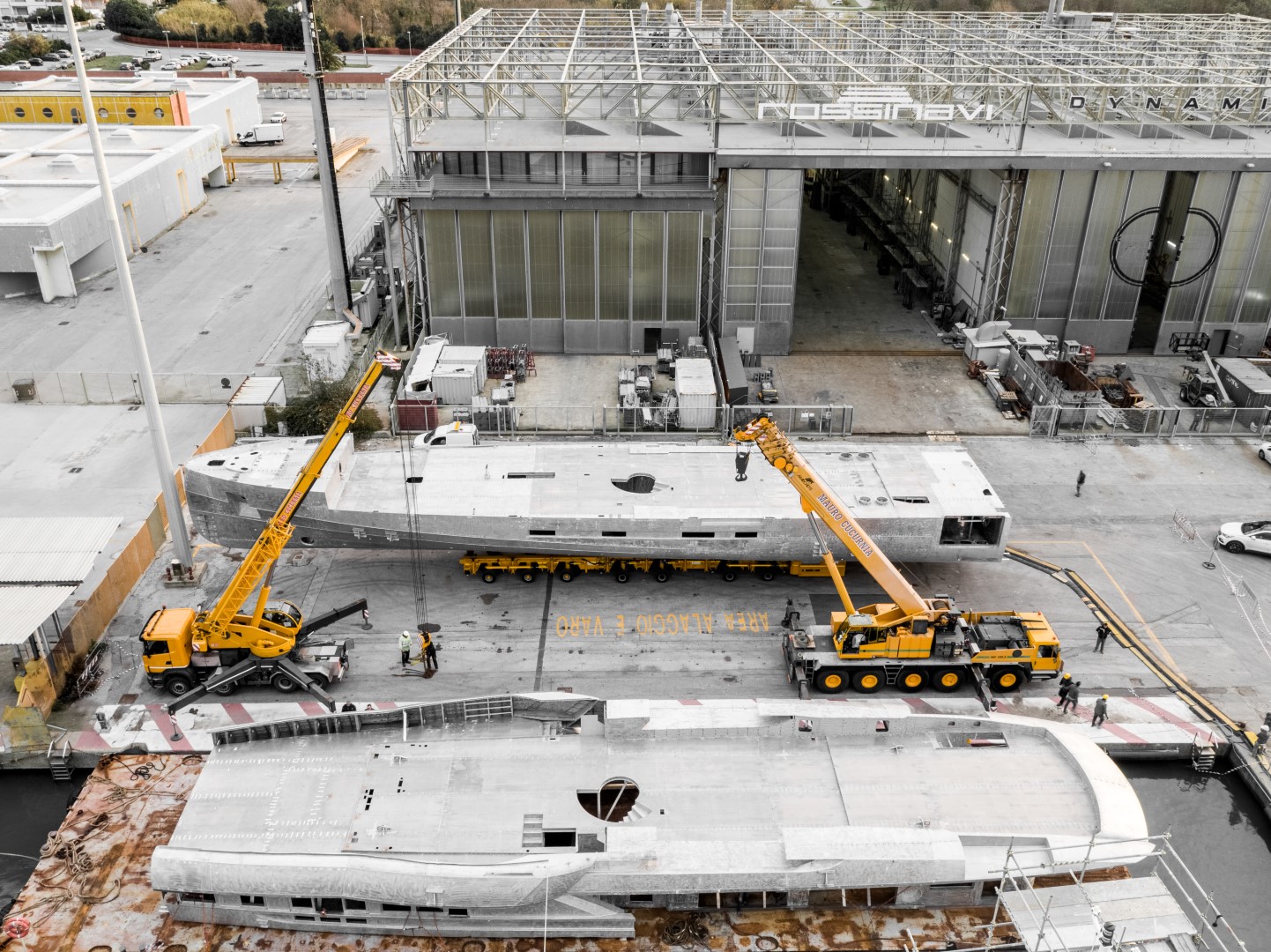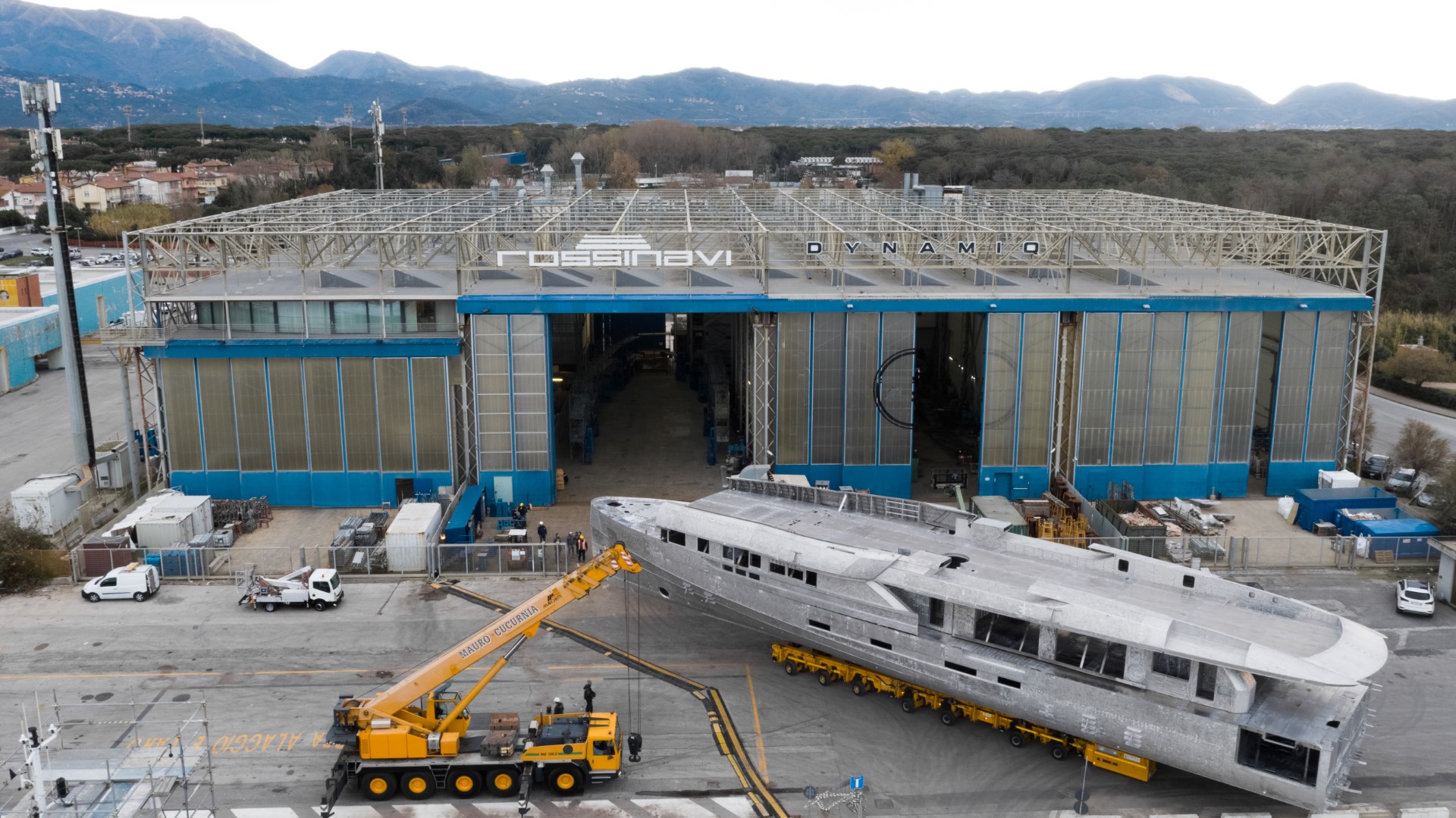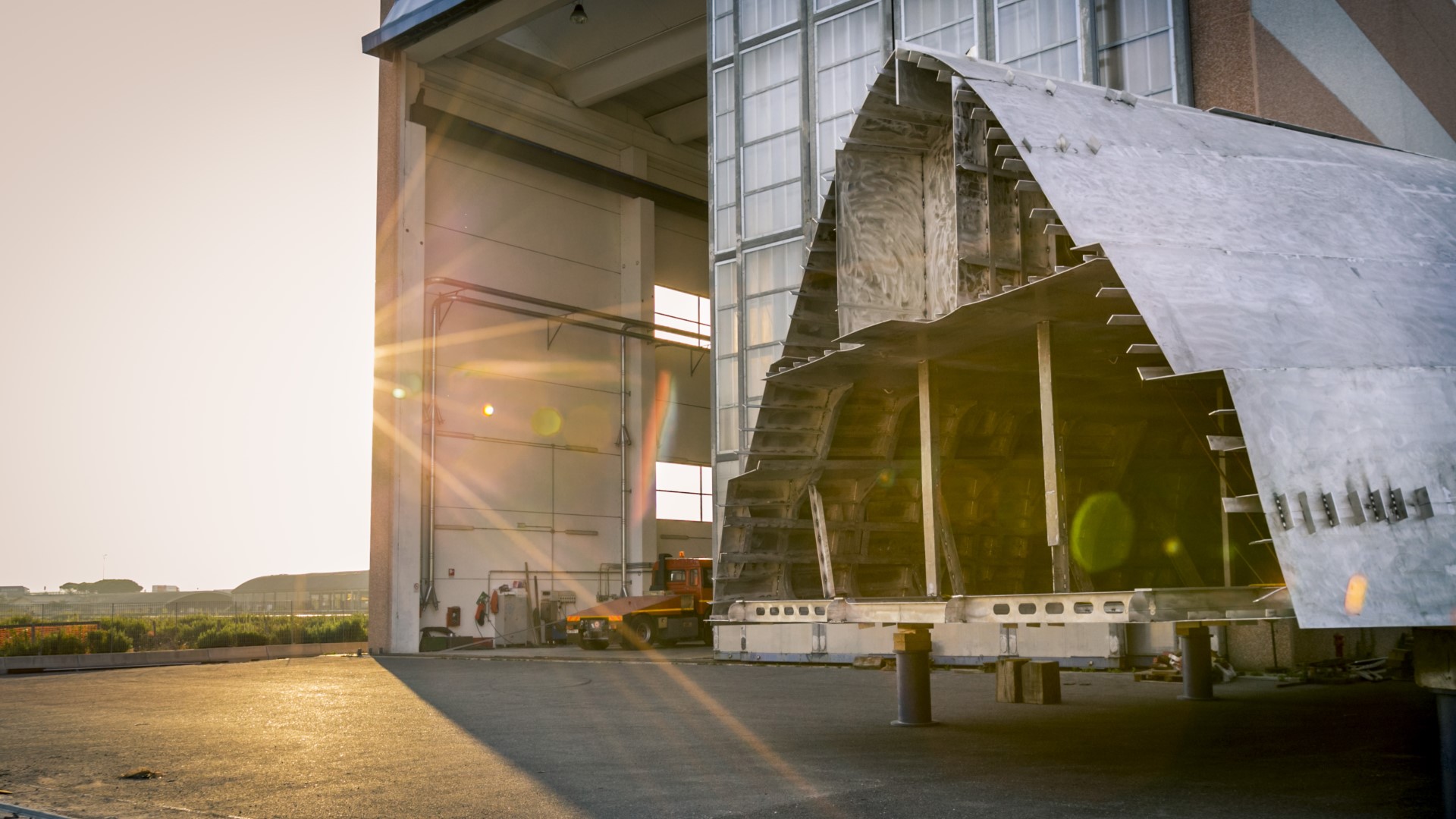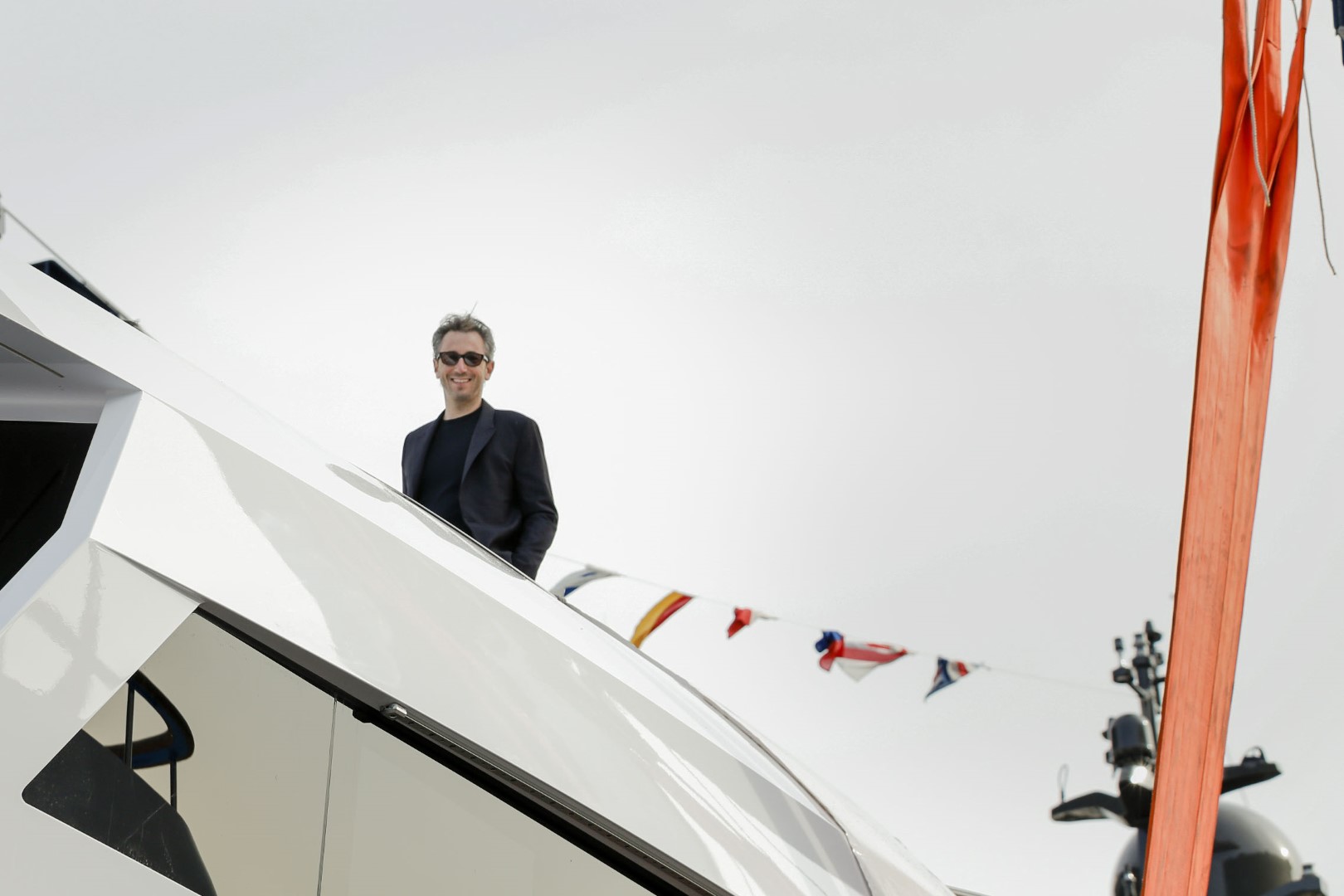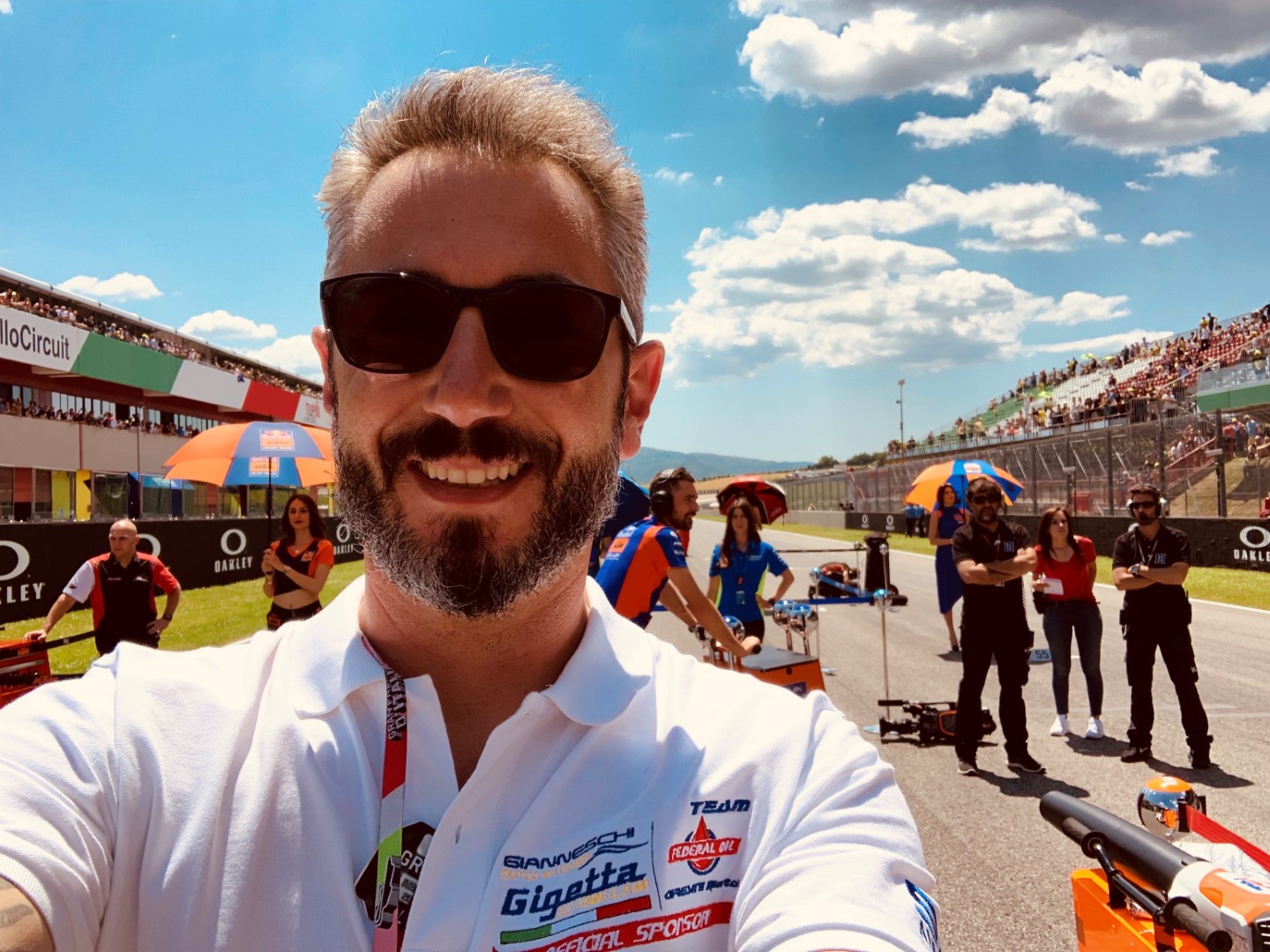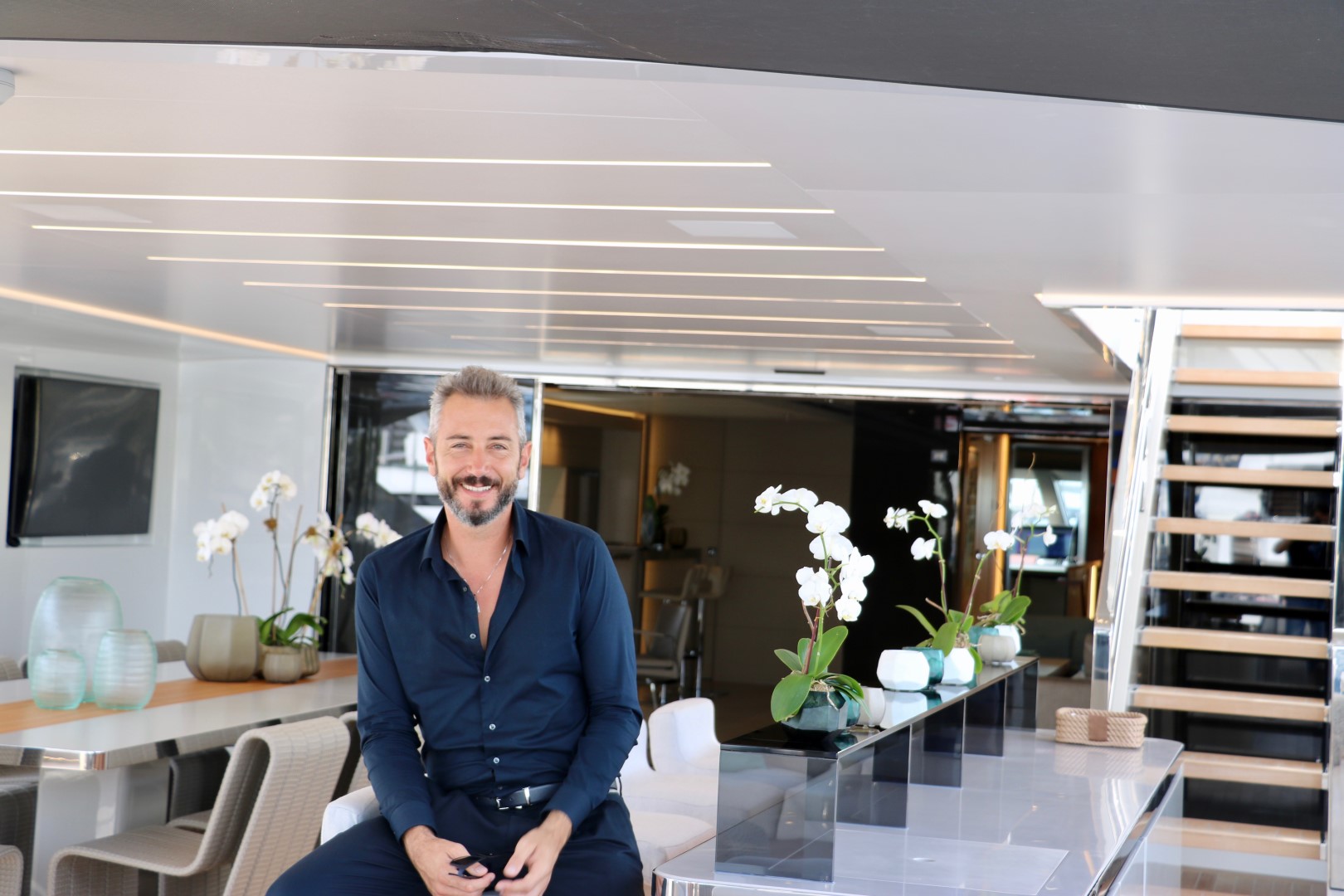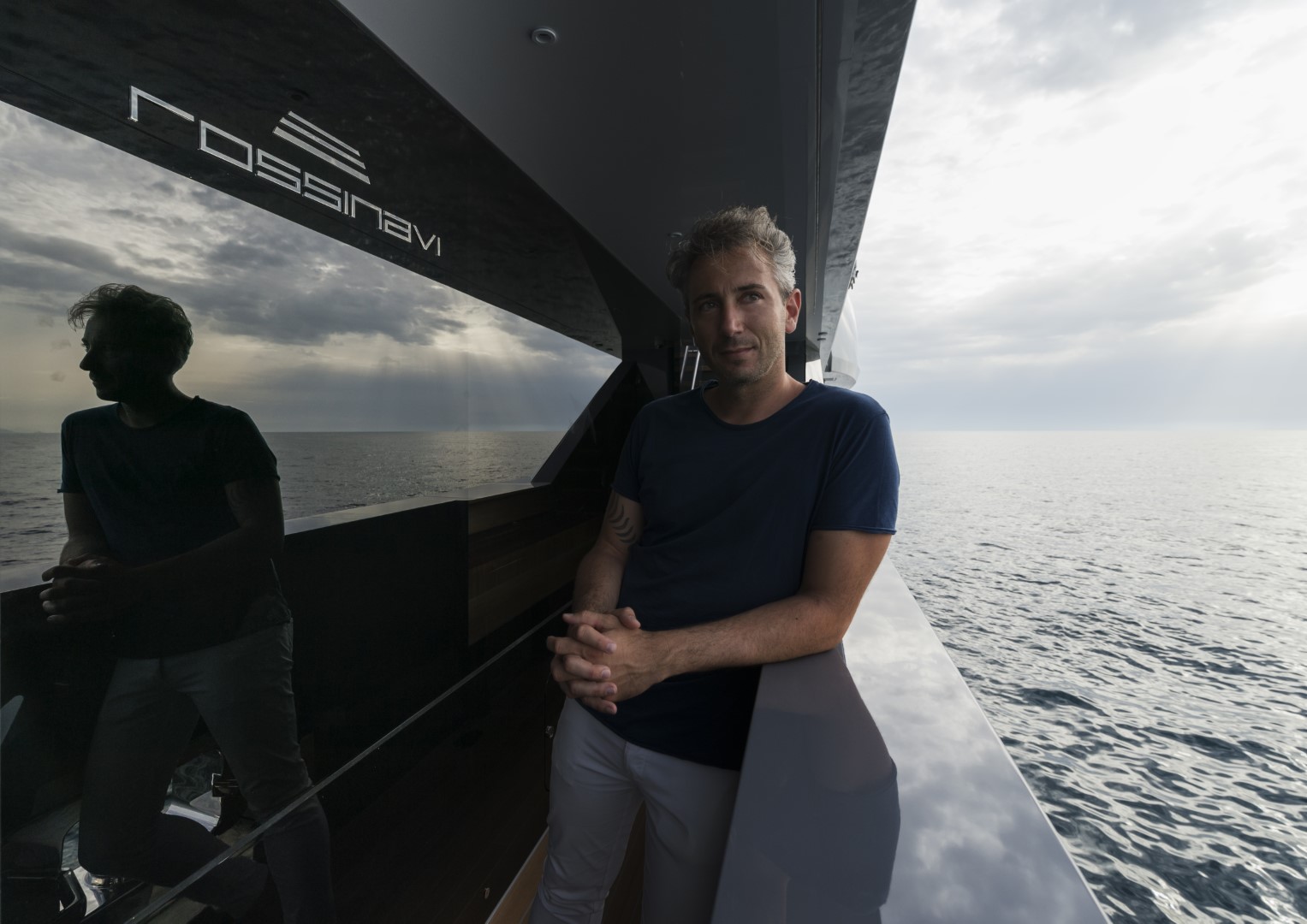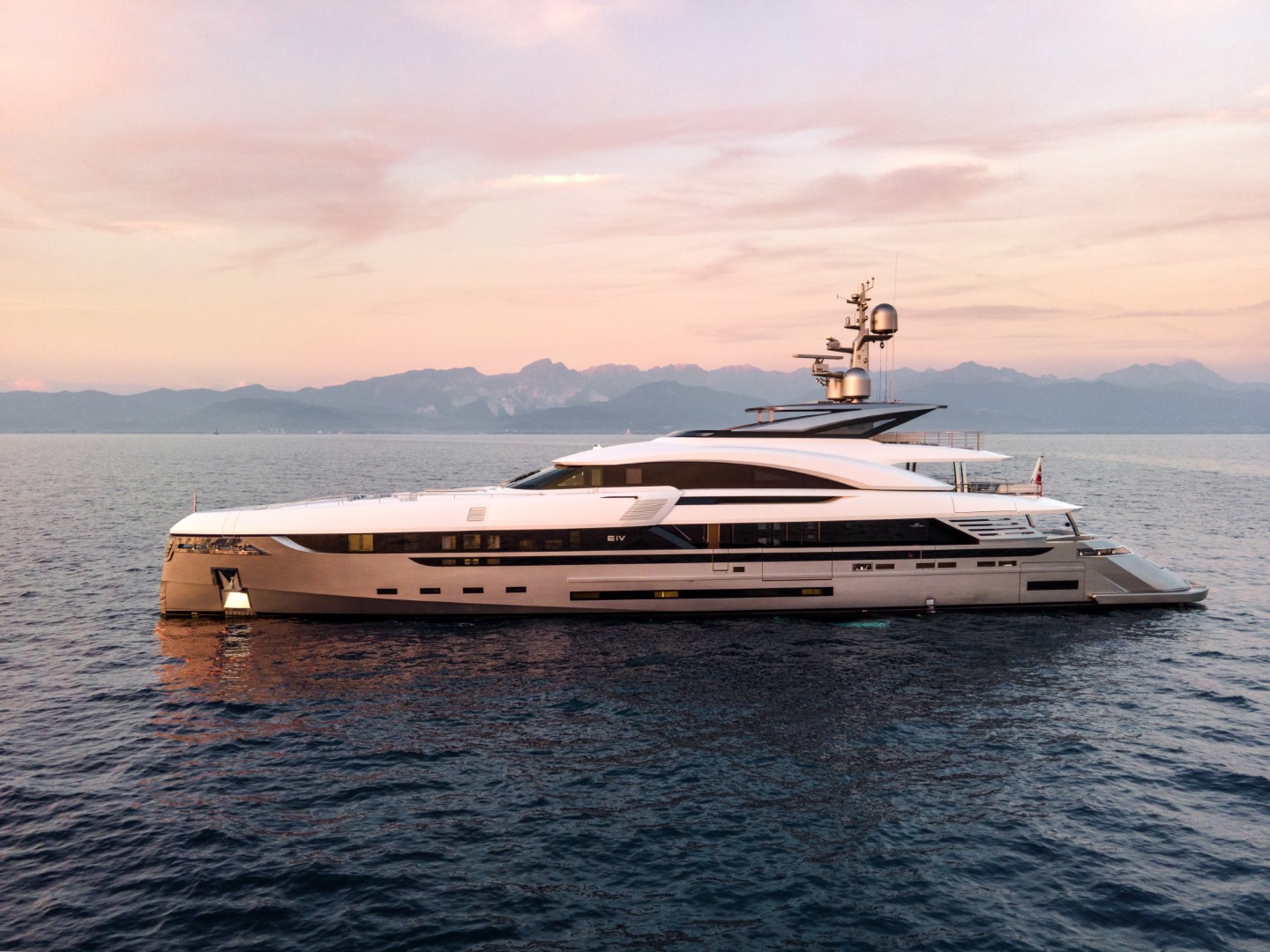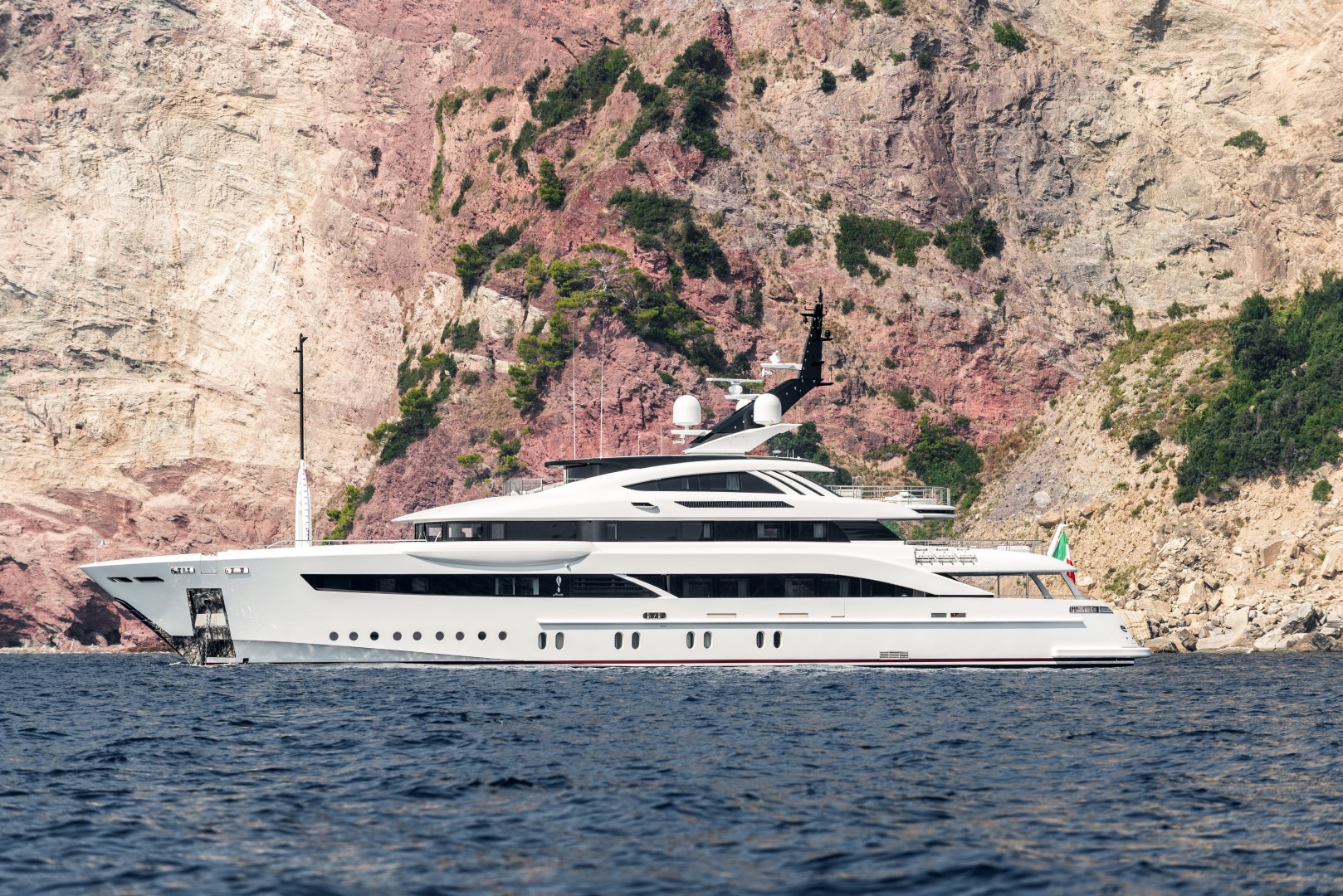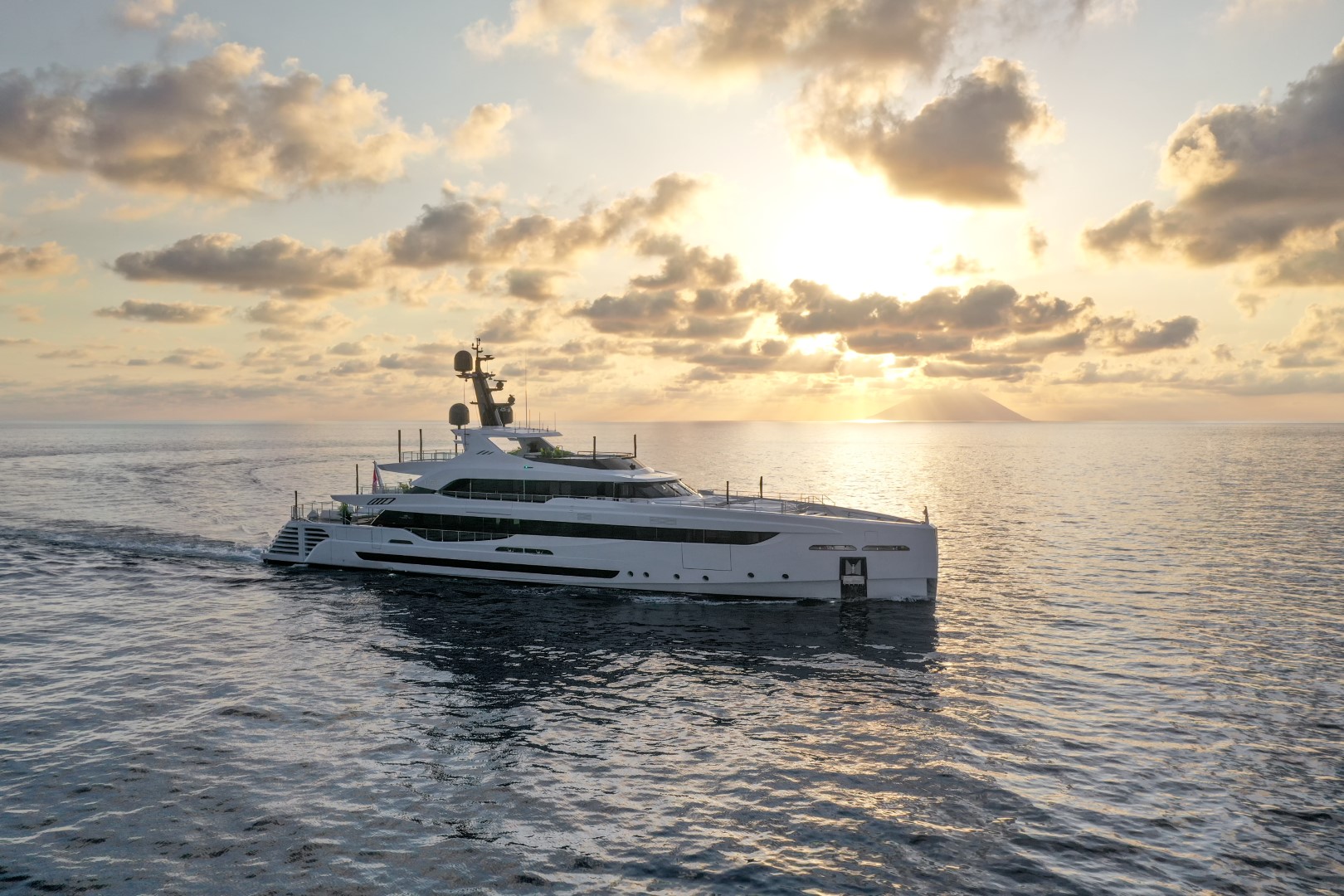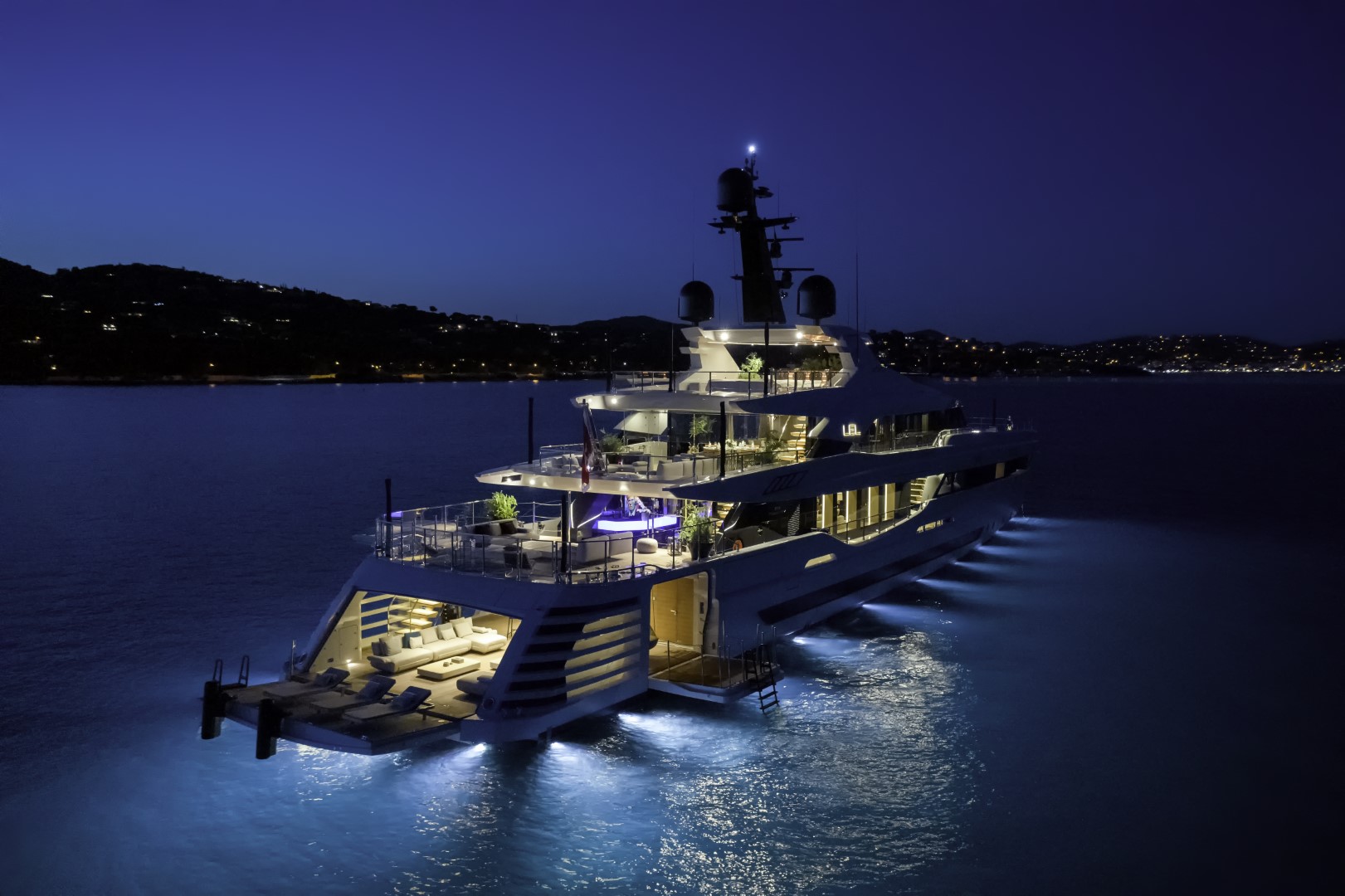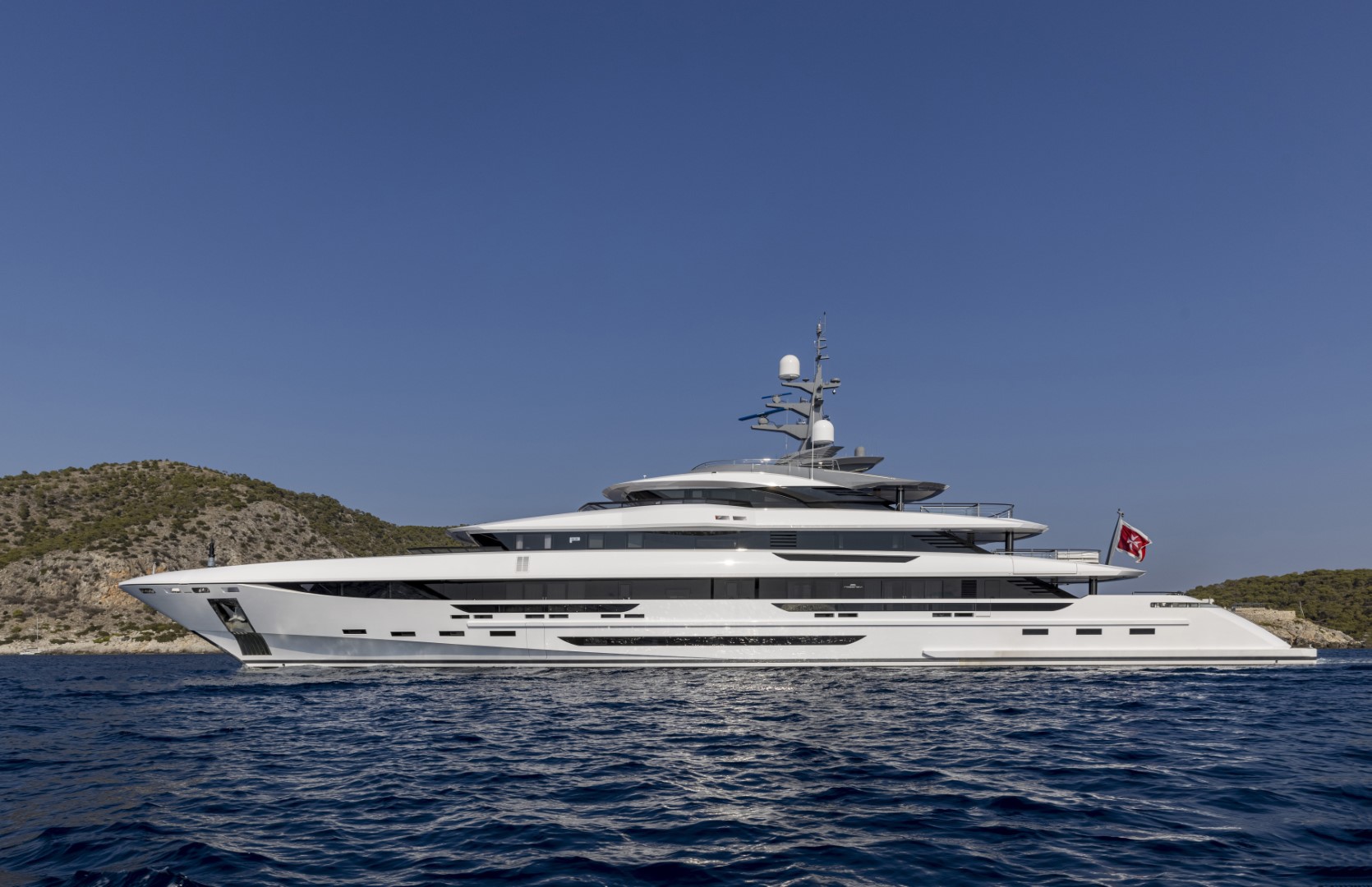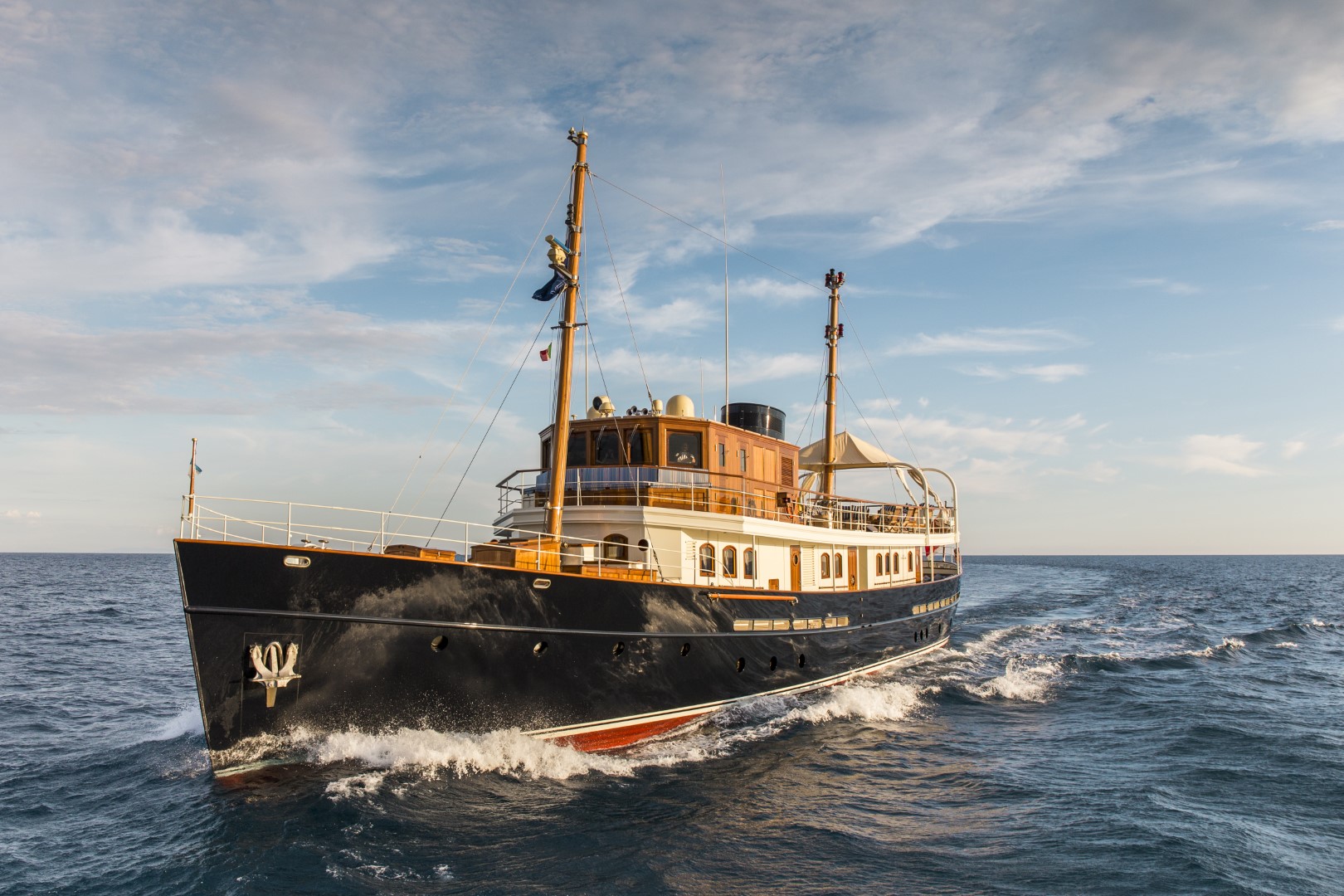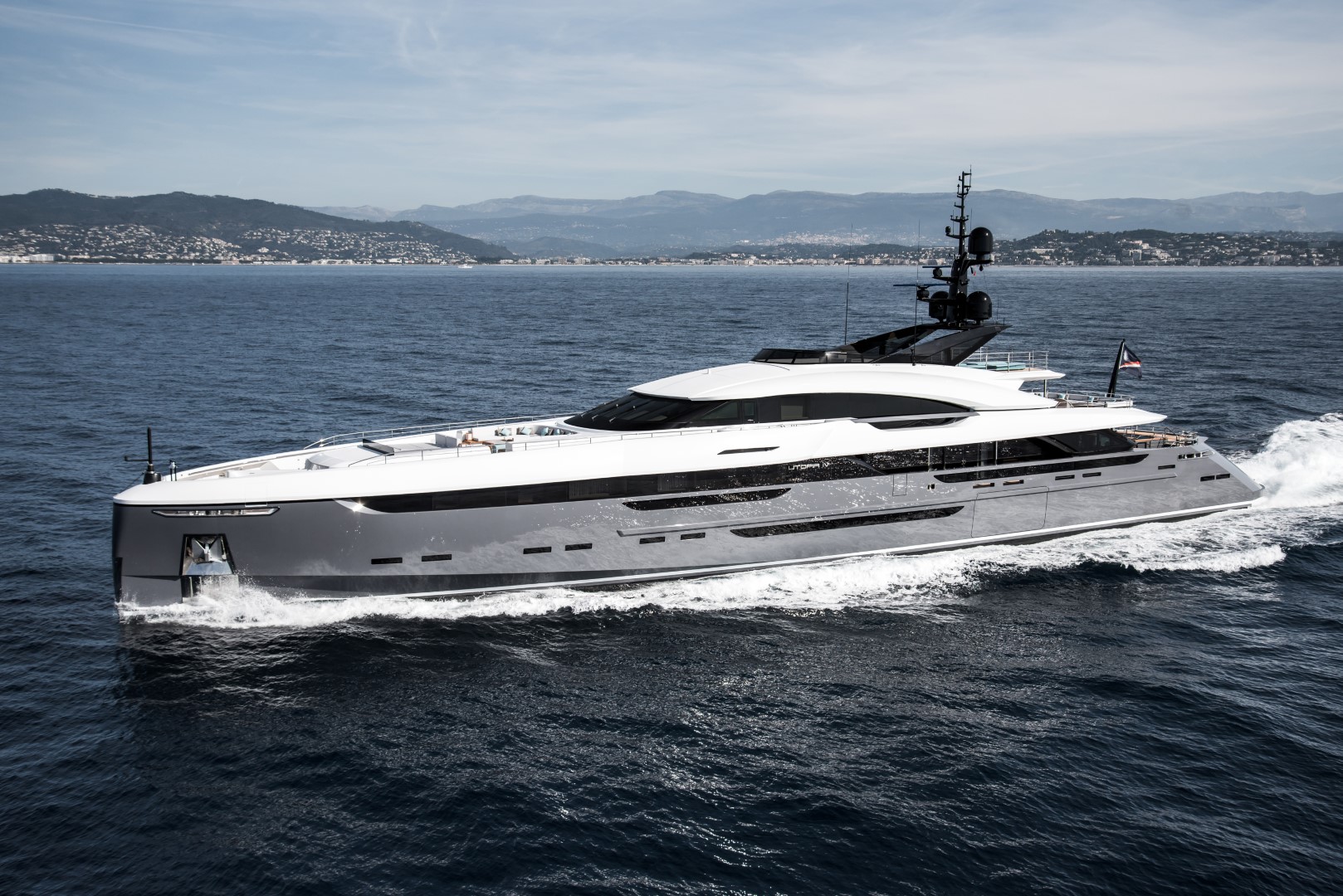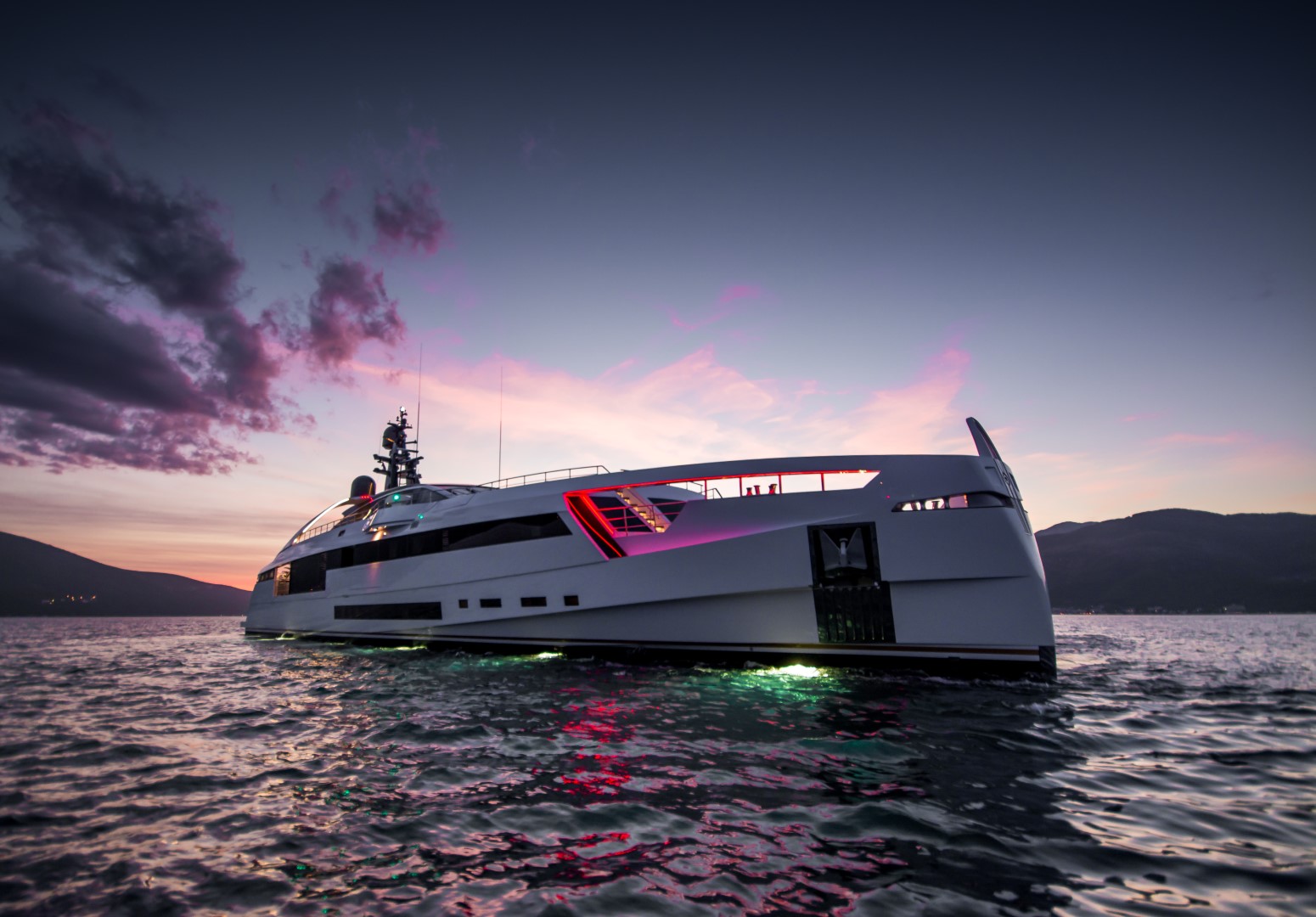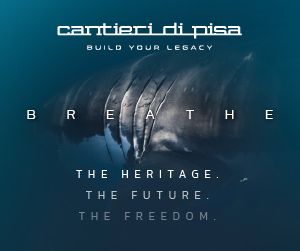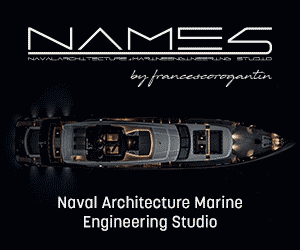“From carpenter to chief operating officer: my life in Rossinavi”. Interview with Federico Rossi
We interviewed Federico Rossi, operations manager for Rossinavi, a Tuscan shipyard which started out building work boats and is now famous worldwide for its full custom super yachts
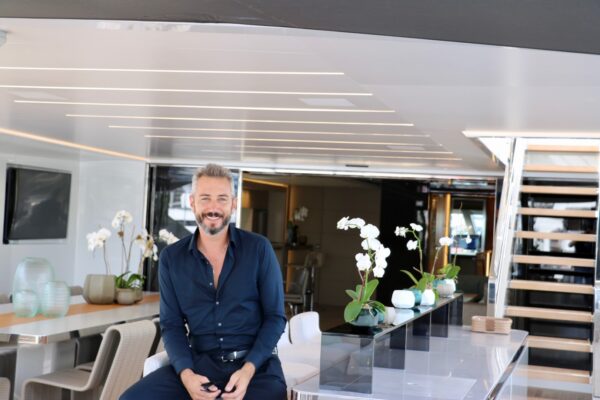
We interviewed Federico Rossi, operations manager for Rossinavi, a Tuscan shipyard which started out building work boats and is now famous worldwide for its full custom super yachts
Federico Rossi is the chief operating officer, or operations manager, for Rossinavi, a Tuscan shipyard which started out building work boats and is now famous worldwide for its full custom super yachts.
These pleasure boats are famous around the world for their design and luxury. Some owners have many requirements or very few during the design phase, but all of them have desires and requirements that the shipyard is able to fulfil in the best manner possible. This is our interview.
Federico Rossi, you work in a family business, which started in carpentry in the 1970s. How did the company turn into a shipyard and then specialise in full custom super yachts?
Our growth was gradual and followed the changes in the market. When we started out, the shipyards in our area built mostly work boats, then over time, they converted into building pleasure boats. As we were working on behalf of others, we then adjusted to these changes and started on this path.
Thanks to the fact that we had worked with many different companies and shipyards, over time, we were increasingly involved in work that went beyond simple carpentry, moving into fitting the engine room through to handling. And so we learned to build with a number of different brands, developing that know-how that was the biggest factor into moving into full custom construction.
The financial downturn in 2008 forced us into an obligatory choice: work from third parties had drastically reduced and, with the experience we had, we decided to keep working on our own, and created our own brand. Luckily this turned out to be the best decision for us, and as of now we have launched over 20 superyachts.
When and how did you start working in the company? How did you start?
Initially, I started coming to the shipyard during school holidays, so, seasonally. I started working more frequently after that and, in 1996, I started working as a carpenter and metalsmith, working between the machine shop and the ship. When the Pisa site started growing further, I moved to work there and started taking on more responsibilities, becoming part of every step that the company has taken over the years.
Over the years, how have you seen the yachting industry change, starting with the owners?
The most obvious change that I have seen over the years is in size: over time boats have become bigger and bigger, and this has probably been the most noticeable change. After that, at a purely aesthetic level, trends come and go, from a straight bow, to streamlined, or open beach clubs instead of closed ones.
Now the biggest changes are certainly in technology and propulsion. From my point of view, boating is undergoing some serious changes, in which shipyards are finding themselves at the centre of creating and imagining what the boat of the future could be. And, from this point of view, it is a very stimulating and exciting time.
Speaking of owners, do you remember having any particularly odd requests?
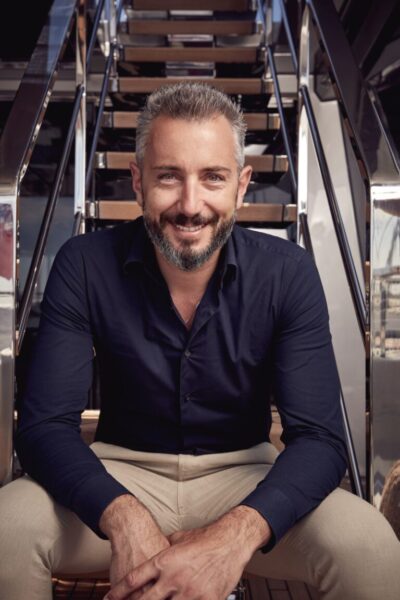
Federico Rossi
I think that anyone asking us to built a full custom yacht is already a bit odd. Honestly though, I can say we have never had requests that were any different from those that we often hear about, so helicopters, limousine tenders, spas, gyms, cinemas…all features which are now a normal part of large yachts.
Speaking of projects I can say that the Taransay was possibly the most memorable one, because of the idea in of itself of wanting to rebuild a boat from the 1930s, but using current technology. It was a real challenge to build, also because of the tiniest details and innovative solutions we had to come up with.
Is there one design which you are particularly tied?
The designs I am particularly tied to are all of those that helped us innovate and highlight our skills as full custom builders, pushing us to do something different. Taransay was certainly one of these.
The other is most certainly the Utopia IV, which was unique thanks to its low draught and high speed. And one of these will most certainly be the catamaran, Sea Cat, that we are currently working on and which will be delivered in 2024; it will use artificial intelligence and electric hybrid propulsion: a vessel at the limit of 500GT with technology that noticeably supersedes all other vessels in that category at the moment.
Let’s talk about production capacity: what are the statistics for your shipyard?
Rossinavi has over 100 employees, many of whom are working in production: mechanical engineering, assembly and carpentry. We have manufacturing facilities in Viareggio and Pisa and a sales and after sales office in Fort Lauderdale.
In Viareggio we have around 700m2 split over two production units and a machine shop, while the facility in Pisa has a total area of around 10,000m2 with a number of different building sites throughout and a 300m long pier over Canale Navicelli, connecting us directly to the port of Livorno.
Regarding construction, we deliver around three boats a year. Obviously this depends greatly on the size of the boat: a 70 metre compared to a 50 is around four times more in volume. Currently we are working on eight boats – the highest ever so far – and with a delivery of three vessels a year.
Compared to the past we have grown from one delivery a year, also thanks to our expansion of the Pisa facility which, following new investments, can build much more.
How are your super yachts created? From idea to design, what happens between the owner and your technical department?
It all starts from zero, and as trivial as that may seem, it isn’t. Generally it also starts with a conversation, from a client’s idea or thought when they want to create a bespoke product. Once we have developed a plan for feasibility – the general platform, layout and exterior design, we then start doing the more detailed design.
This is a one-off vessel and so it usually follows, for the most part, our client’s personality. Dialoguing with the client is continuous and we now have some flexibility in understanding how much the client wants to be involved in the development process of their project.
There are clients who enjoy being an integral part of the design and development of the boat, some have nearly become a part of our staff.
Topics: federico Rossi



